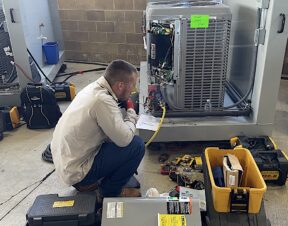
Have you ever noticed how our industry marches on, creating new technology, cutting edge products and new installation techniques regardless of the state of the economy? Whether it’s attributed to creative minds, entrepreneurial spirit or business savvy that inspires the next generation of widget, the nuts and bolts of measuring a product’s success boils down to sales – dollars and cents.
It takes more than a unique shiny component and fancy wrapper to set a product apart – it takes a code and standards (C&S) expert. The most engaged manufacturers understand that their product must first meet the specific product standard listed in the latest model code adopted in their market area. Believe it or not, successful manufacturers have either a dedicated staff member or hire a consultant steeped in codes and standards compliance for this task.
Did you know that there are some people that actually love the codes and standards world? They enjoy the tedious nature of the process, the intricacies of the legalese and run-on sentences, the definitive regulatory language, the hearings and development meetings that drone on for days and even weeks and of course, the way each section seems to refer to other sections. As a self- professed code-nerd, I have met experts, locally and globally, that are truly attracted to codes and standards tedium.
Codes and standards are not created to stifle progress. To simplify; a standard dictates the minimum acceptable materials and manufacturing processes that should be settled for by the industry. The product is then tested to meet that standard. A code is a compendium of product standards and minimum safe installation provisions, when correlated together, that create a durable and safe building.
The standard is then used as a guidance document to test the product’s compliance by an independent laboratory. The results are then sent to a third party listing agency to verify results and conformity and they then place their mark of conformity on it, proving it meets the code and standard. Typical marks vary but could be a UPC shield, a UL, ES or NSF marking. The inspector in the field then verifies the mark when it is installed.
Simple…except that there are tens of thousands of political subdivisions, adopting varying editions of the separately authored competitive model plumbing and mechanical codes containing hundreds of standards each.
What do you have to do as a contractor? Just do what you have always done, follow the code adopted in your area and look for the mark of conformity confirming that it meets the standard it was tested to.
Oh yeah, of course you always read and follow the manufacturer’s installation instructions…more on that later!
Typical Marks of Conformity can be found at http://safeplumbing.org/product-markings.




Join the conversation: